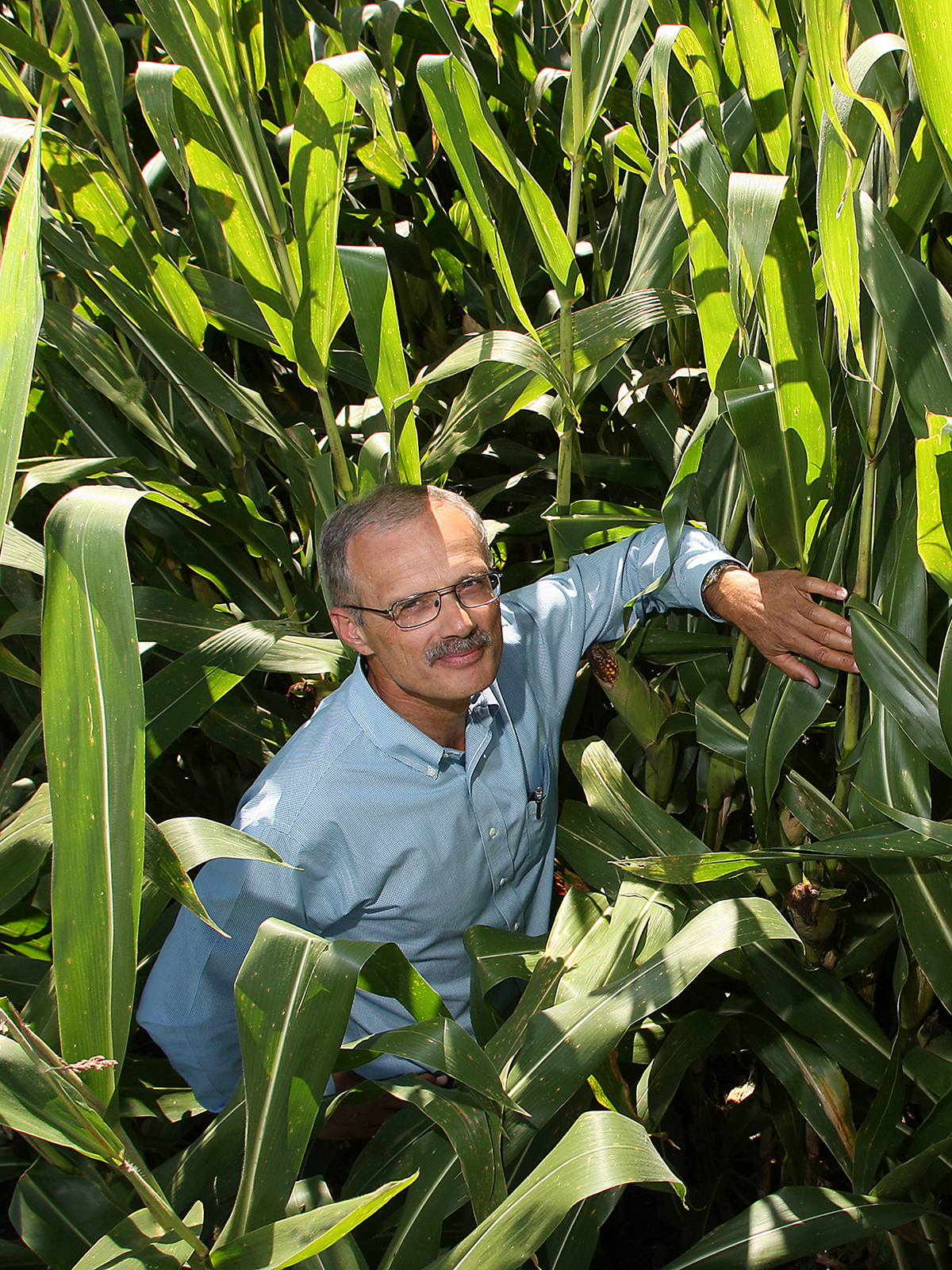Result for: Crops: Corn for grain 4R Practices: Metadata Project
Relationships of Nitrous Oxide Emissions to Fertilizer Nitrogen Recovery Efficiencies in Rain-fed and Irrigated Corn Production Systems: Data Review

Dr. Tony Vyn
Lead Researcher:
Dr. Tony Vyn
Department of Agronomy, Henry A. Wallace Chair in Crop Sciences
Purdue University
Start Date: 2014
End Date: 2015
Project Summary
Nitrous oxide (N2O) emissions from corn production systems are a large societal concern because so much of the N fertilizer applied to crop production in the United States is applied to corn, and because agriculture alone accounts for the majority of N2O emissions from all sources. The IPCC (2006) has estimated that an average of approximately 1.0% of the N fertilizer applied is lost as N2O, but we know from our own studies in rain-fed corn production that estimated emissions can sometimes exceed the equivalent of 5% of the N in the N fertilizers applied.
Over the years of scientific monitoring of N2O emissions, the predominant reporting method has been to quantify episodic and/or cumulative growing season N2O emissions per unit land area. Later refereed publications included acknowledgement of the importance of reporting yield scaled N2O emissions, but not until relatively recently has there been a plea to focus on emissions within the context of actual N use efficiencies. The recent meta-analysis by Decock (2014) highlighted the low proportion of past N2O emission studies that included critical information on treatment effects on crop N export (let alone any mention of crop N uptake).
The central hypothesis of this proposal is that increased corn plant N uptake (as a fraction of the fertilizer N applied) will be associated with reduced N2O emissions on area-scaled, yield-scaled, and NRE-scaled (i.e. plant N uptake per unit of N fertilizer initially applied) methods of interpreting relative N2O emissions from different management systems for corn production.

